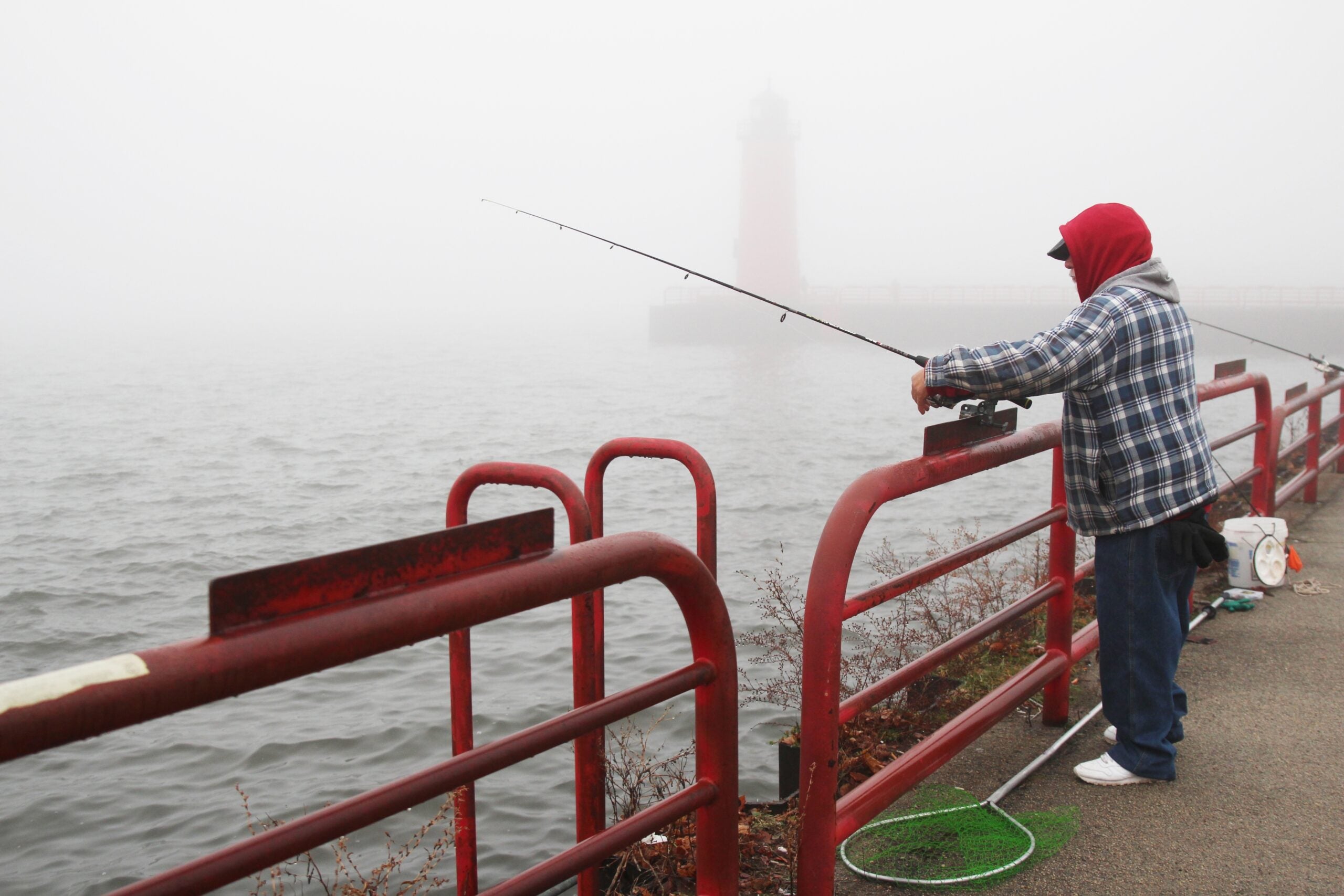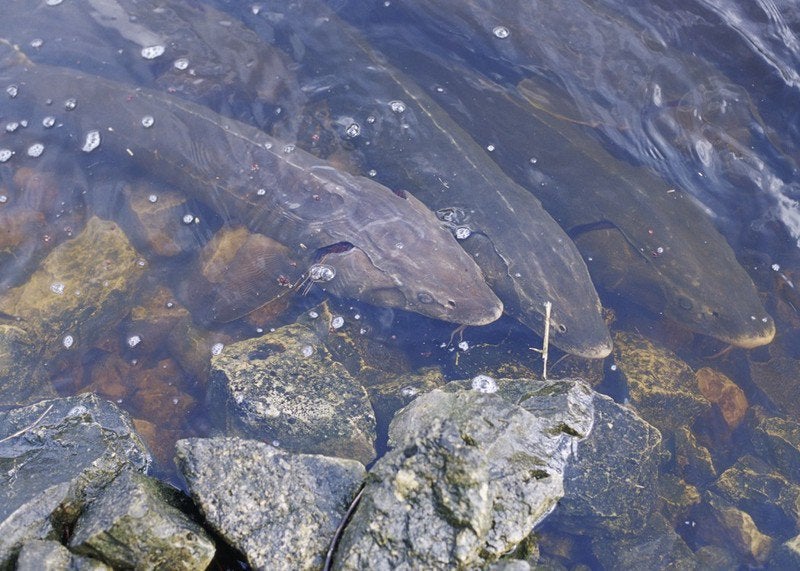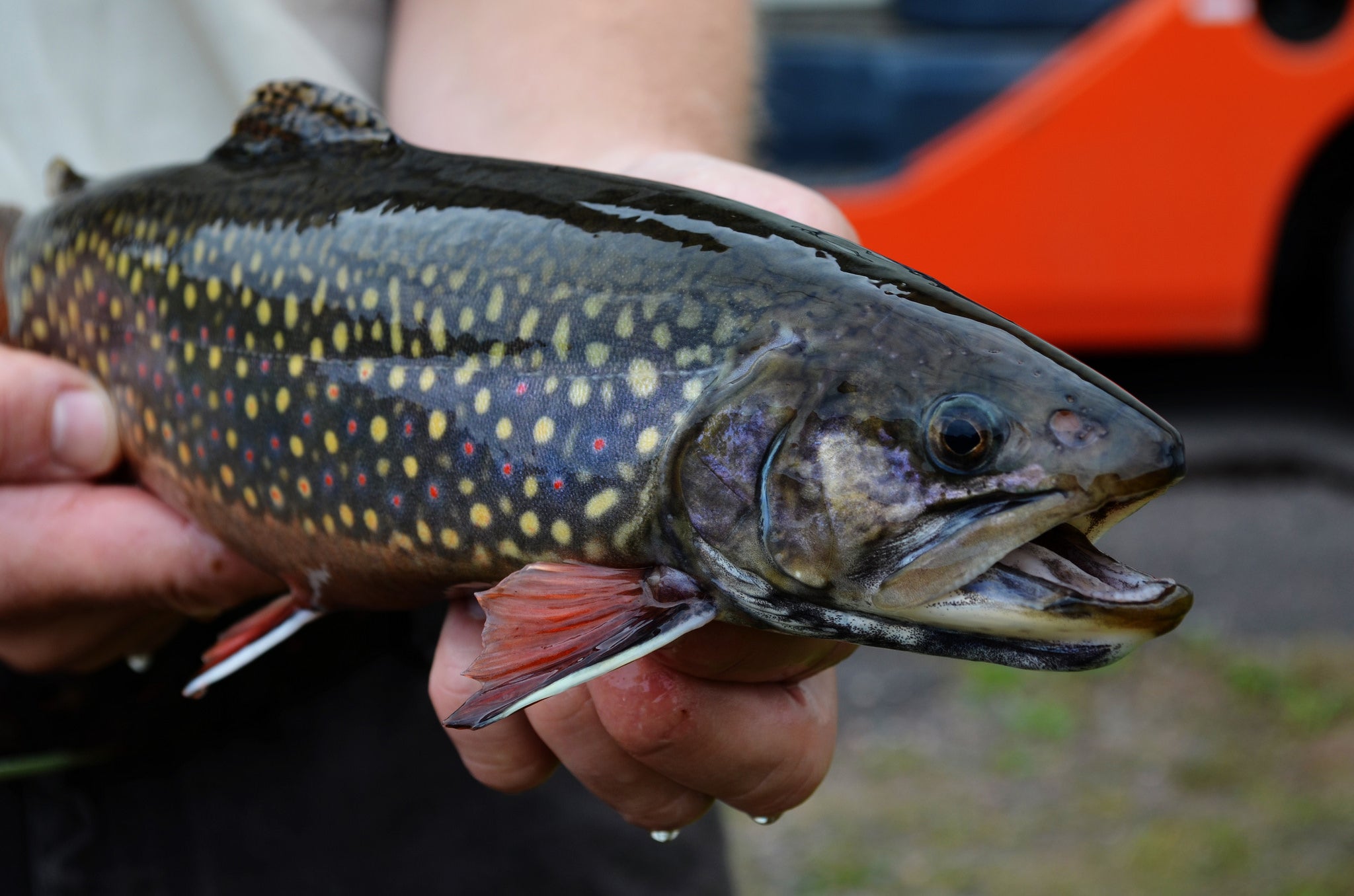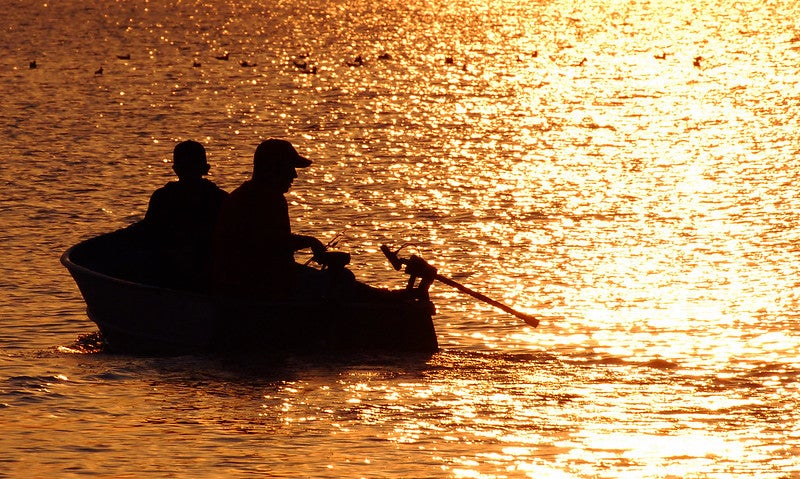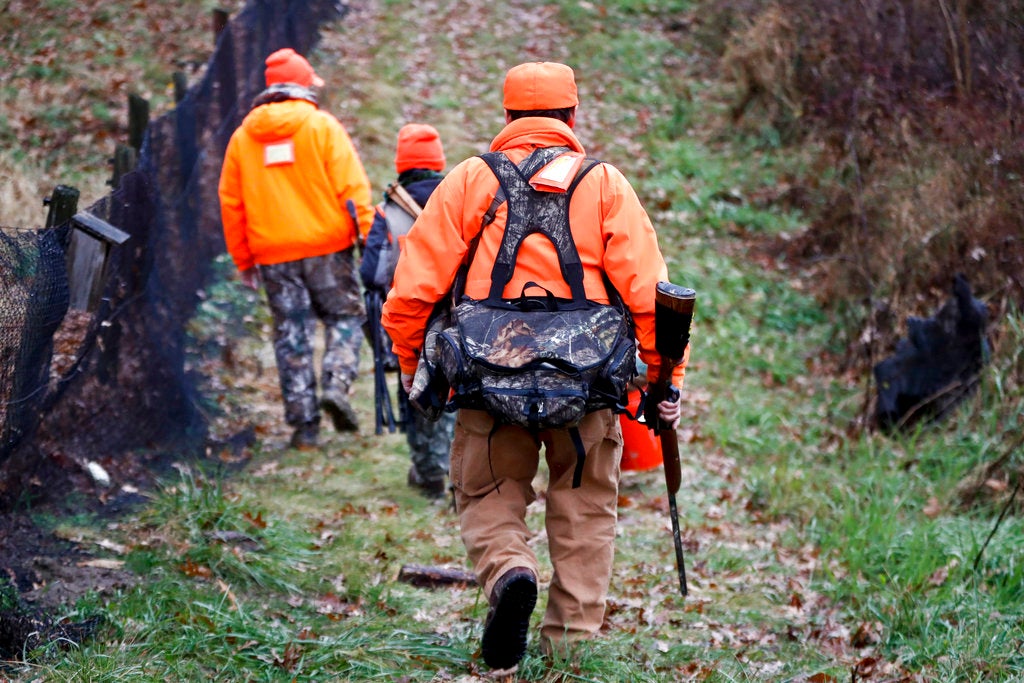The Wisconsin Department of Natural Resources will launch a coaster brook trout stocking initiative in Lake Michigan next year. The agency will also increase stocks of coho, Chinook and steelhead salmon in the lake as part of its 2020-2022 fish stocking plan announced earlier this month.
The DNR held four public meetings and two comment periods related to Lake Michigan fish stocks in 2019. Todd Kalish, deputy director of fisheries management, said the DNR also sought input from organizations across Wisconsin, other Great Lakes states and federal groups like the U.S. Fish and Wildlife Service.
“We feel that this plan really acknowledges the diverse sources of input and expertise throughout Wisconsin’s Lake Michigan shoreline that this world-class resource deserves,” Kalish said.
Stay informed on the latest news
Sign up for WPR’s email newsletter.
According to a news release, the DNR will add 1.2 million Chinook salmon, 500,000 coho salmon, 460,000 steelhead salmon and 450,000 brown trout to the lake each of the next three years. In 2020, the DNR will also launch a brook trout stocking initiative.
Brook trout are native to Wisconsin. They tend to stay closer to shore, Kalish said, making them great for people who fish off riverbanks, piers and small boats. “We’re hoping to really create and sustain and enhance this near-shore fishery that is enjoyed by so many of our anglers,” he said.
Kalish said the plans for the next three years aren’t significantly different from past years, though the DNR has decided to discontinue stocking a strain of rainbow trout that’s showed poor return for anglers.
Most of the fish the DNR adds to Lake Michigan are hatched from eggs collected from the lake. The egg survival rate for Chinook and coho salmon is between 5 and 10 percent in the wild, Kalish said, but DNR hatcheries can see egg survival rates of over 90 percent.
“We’re just kind of helping natural reproduction along by raising those fish up in our hatcheries and then stocking them back into Lake Michigan,” he said.
The plan not only includes stocking fish but also restoring habitats and public outreach programs. Kalish said it’s primarily paid for through the sale of salmon stamps, which anglers are required to purchase if they plan catch and keep salmon in Wisconsin.
When it comes to fish stocks beyond 2022, Kalish said the DNR will use new and traditional data to assess needs. The DNR will aim to work more collaboratively with stakeholders, like charter boat captains who can be on the lake for more than 100 days per year, Kalish said.
“We’re also going to enhance some of our survey protocols to get a better picture of the health of the fisheries out there,” he said.
Wisconsin Public Radio, © Copyright 2024, Board of Regents of the University of Wisconsin System and Wisconsin Educational Communications Board.

